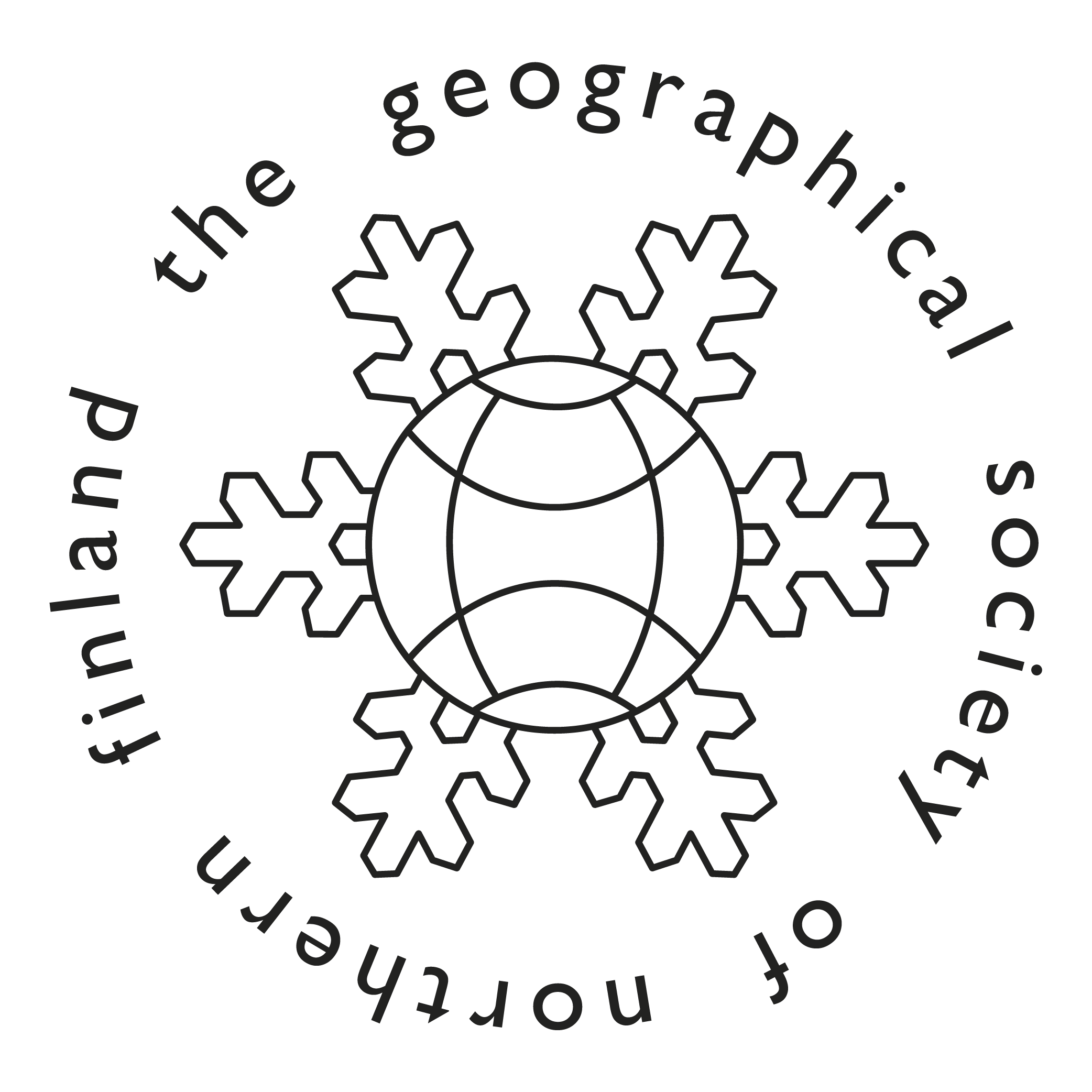The Potentiality of Remote Sensing in Biogeographical Research
Abstract
Spatial variability in species’ geographical patterns is a crucial phenomenon and has formed the basis for numerous biogeographical studies. At present, human activities increasingly affect the terrestrial biosphere, resulting in habitat loss and degradation. Due to the rapidity of this process there is utmost need to detect and predict changes in the natural environment and assess the spatial distribution of valuable sites and habitats. Remote sensing (RS) produces valuable information for species mapping and monitoring. Due to their high spatial and temporal coverage, RS data have clear advantages compared to any other source of information. However, the benefits of remote sensing have not been fully utilized in biogeographical studies, and several methodological issues remain insufficiently explored. This paper presents novel approaches and techniques to integrate RS and geographic information (GI) data into biogeographical research. The issues discussed in this paper can have relevance in several fields of application of geographical data.






